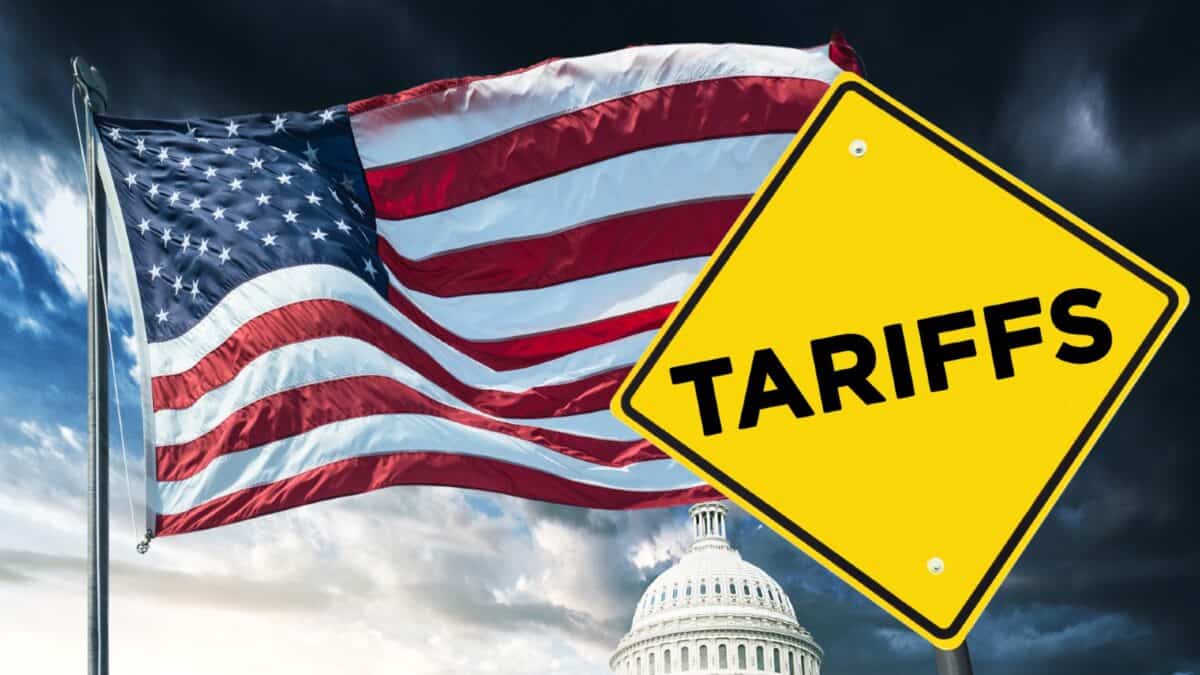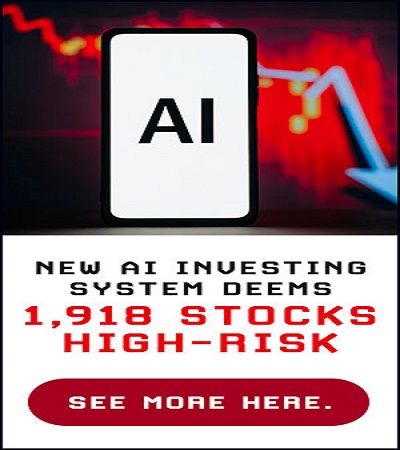The global economic landscape’s shifting, and Donald Trump’s newly-imposed tariffs have added layers of complexity to international trade. Stock market volatility has been unprecedented.
But what does this mean for shares such as Greggs (LSE:GRG)? Can the beloved purveyor of sausage rolls and steak bakes provide a safe haven amid this turmoil?
A domestic champion
Greggs is a UK-focused business, with over 2,000 company-managed shops and 561 franchised units. Its business model is firmly rooted in domestic operations, which shields it from direct exposure to international trade tariffs.
Unlike companies reliant on imports or exports, Greggs sources much of its raw materials locally, mitigating risks associated with global supply chain disruptions. This domestic focus means that Greggs could offer insulation from Trump’s tariff chaos. However, while the retailer avoids direct tariff impacts, it faces its own set of challenges.
A slowing growth story
In 2024, Greggs achieved record-breaking revenue of £2bn, with like-for-like sales growth of 5.5%. Yet, early 2025 has been less kind. Sales growth slowed to just 1.7% in the first nine weeks of the year, attributed to challenging weather conditions and subdued consumer spending. This slowdown has spooked investors, leading to a sharp decline in the share price. The stock’s now down 40% since the turn of the year.
Inflationary pressures remain a significant concern. It expects input cost inflation of around 6% in 2025, compounded by rising employment costs due to increases in National Insurance contributions and the Minimum Wage. These factors could squeeze margins further unless mitigated by strategic pricing adjustments.
Despite these challenges, it remains optimistic about its future. The company continues to expand its footprint, adding 145 net new shops in 2024 and refurbishing existing locations. It’s also investing in evening trading hours and home delivery services to diversify revenue streams.
However, I’m personally a little concerned about the company’s capacity for growth. It’s tried to expand internationally before, and elected not to continue these operations in Belgium. The brand’s seemingly a British phenomenon. What’s more, Greggs appears to be reaching saturation point, in my opinion. There simply aren’t that many places left for it to expand into.
The bottom line
Greggs’ domestic focus offers some insulation from the disruption caused by tariff policies. However, the bakery chain is contending with internal pressures that may weigh on investor sentiment. Slowing sales growth and rising costs remain key concerns that warrant attention.
That said, many investors will still see merit in the brand. It enjoys strong recognition and affection across the UK. Even so, there are evident risks to the company’s growth strategy.
Furthermore, with the shares trading at 13.2 times forward earnings, the valuation doesn’t appear especially compelling. Earnings growth looks flat over the next two years, though a dividend yield approaching 4% provides some consolation.
For now, I won’t be investing in Greggs.
This post was originally published on Motley Fool



